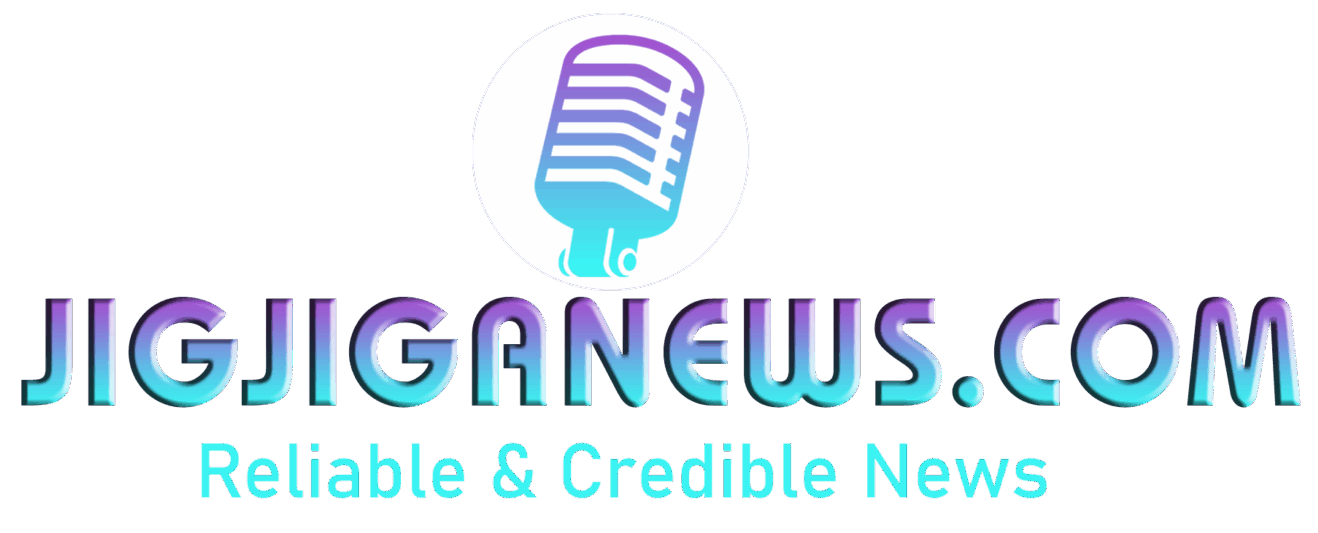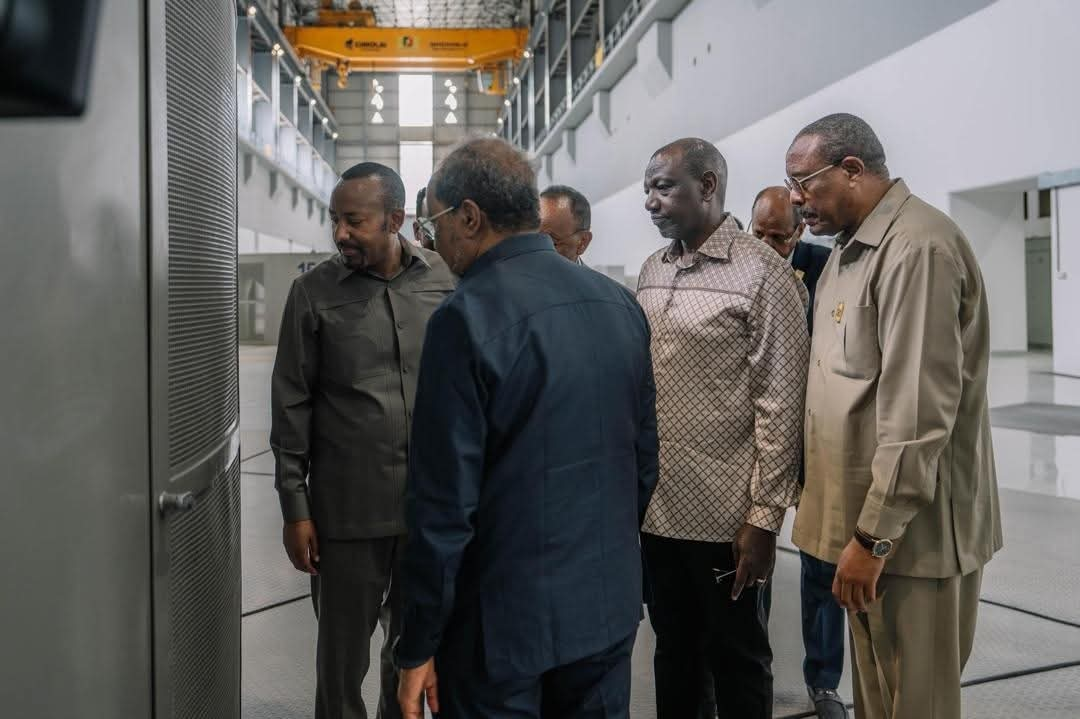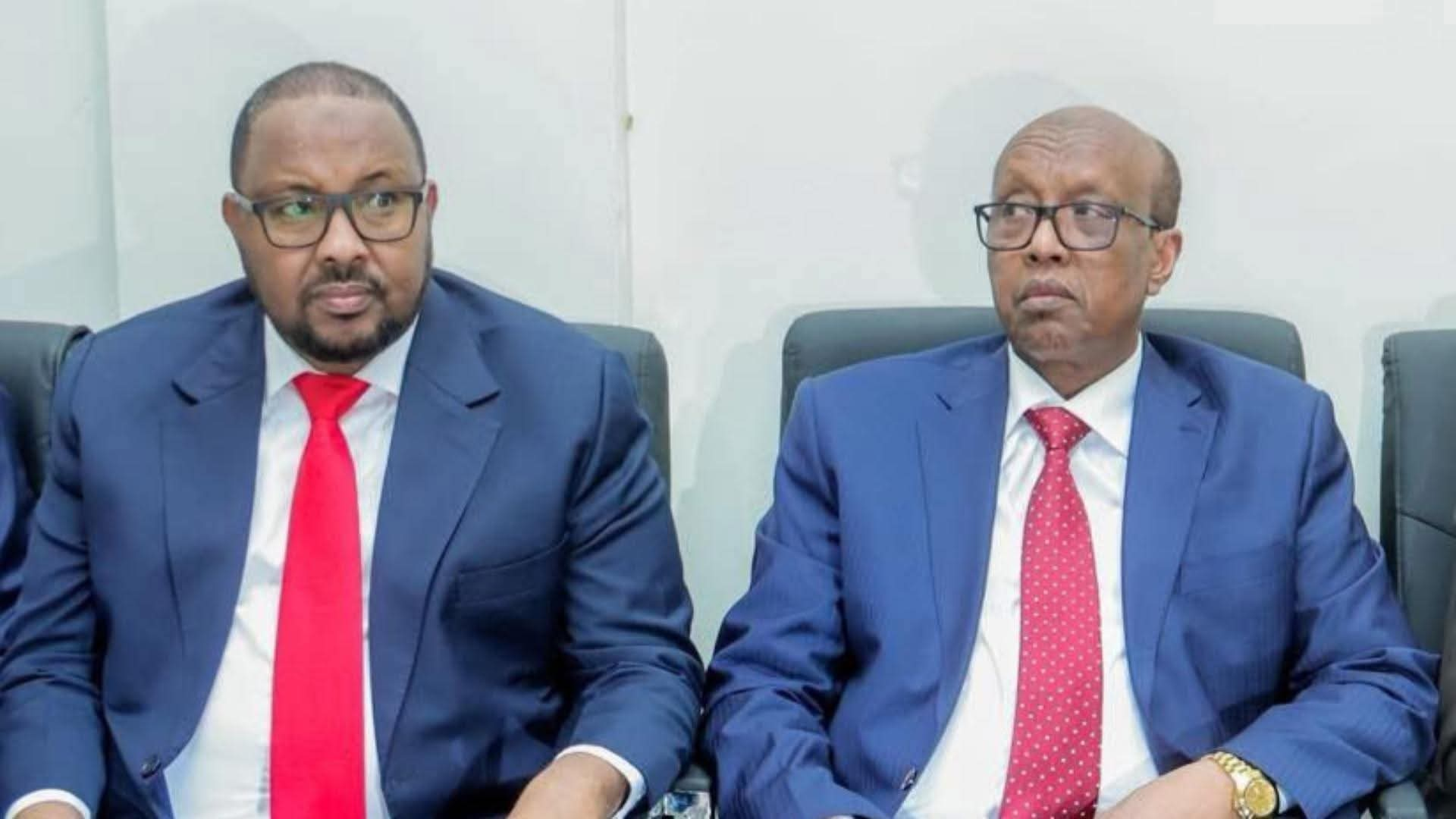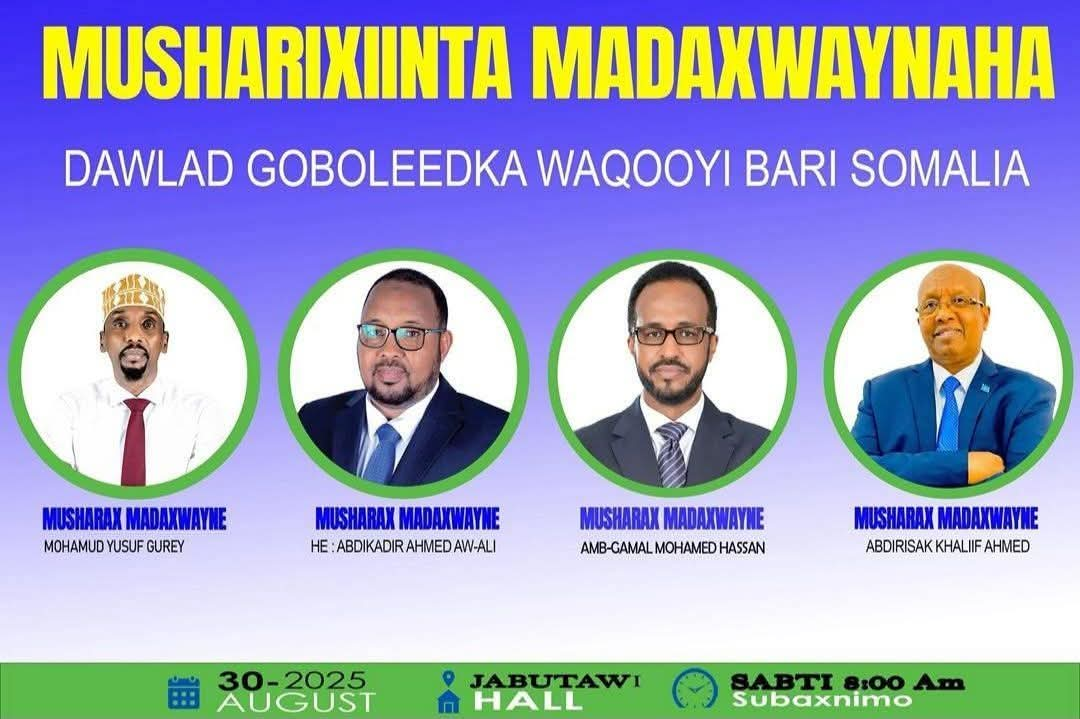The prolonged civil war in The Democratic Republic of Congo is heading to a dangerous and never ending circle.
The conflict in the Democratic Republic of the Congo (DRC) is one of the most complex and protracted humanitarian crises in modern history, rooted in colonialism, resource exploitation, ethnic tensions, and regional geopolitics. Here’s an overview:
Historical Context
Colonial Legacy-Belgian colonial rule (1908–1960) entrenched systemic exploitation and ethnic divisions. Post-independence in 1960, the country (then Zaire) faced instability under dictator Mobutu Sese Seko (1965–1997), whose corrupt regime exacerbated poverty and inequality.
First Congo War (1996–1997)- A coalition of Rwandan, Ugandan, and Congolese rebels overthrew Mobutu, installing Laurent-Désiré Kabila. This intervention was partly driven by Rwanda’s aim to dismantle Hutu extremist groups (e.g., FDLR) operating in eastern DRC.
Second Congo War (1998–2003)- Known as the “African World War,” it involved nine African nations and numerous militias. Kabila’s former allies (Rwanda, Uganda) turned against him, backing rebels to control resources. The war killed ~5 million people, mostly from disease and starvation.
Key Drivers of Conflict
Resource Exploitation- The DRC holds vast reserves of cobalt, coltan, copper, and diamonds. Illegal extraction fuels armed groups (e.g., M23, FDLR) and foreign interests. Global demand for electronics and electric vehicles perpetuates this cycle.
Ethnic and Regional Tensions-Historical grievances between communities (e.g., Hutu vs. Tutsi) spill over from Rwanda’s genocide (1994). Groups like the CODECO (Ituri) exploit ethnic divides.
Weak Governance- Corruption, underfunded security forces, and poor state presence in the east allow armed groups to thrive. Electoral disputes (e.g., 2018, 2023) further erode trust in institutions.
Major Actors
Armed Groups – Over 120 militias operate in the east, including:
M23- Rwandan-backed Tutsi-led group, resurgent since 2021, accused of mass displacements.
FDLR-Hutu rebels linked to Rwanda’s genocide.
ADF- Islamist militants with ties to ISIS, targeting civilians.
Regional States-Rwanda and Uganda face accusations of backing proxies for resource control. The DRC and Rwanda remain in a tense diplomatic standoff.
International Actors- UN peacekeepers (MONUSCO) and regional forces (East African Community) struggle to stabilize the region. MONUSCO’s planned 2024 exit raises concerns.
Humanitarian Impact of the conflict- Casualties Over 6 million deaths since 1996, mostly from indirect causes.
Displacement- 6.9 million internally displaced (2023); 1 million fled violence in 2023 alone.
Human Rights Abuses- Systematic rape, child soldiers, and massacres (e.g., Ituri’s 2023 “death triangle” killings).
Recent Developments (2023–2025)
M23 Offensives- Expanded control in North Kivu, displacing 800,000+ since 2022. Failed ceasefires and stalled peace talks.
Regional Diplomacy- The East African Community (EAC) deployed troops in 2022, but their neutrality is questioned. Angola and Kenya mediate tensions between Rwanda and DRC.
Resource Scrutiny-Western governments pressure tech and mining firms to audit supply chains, though illegal trade persists.
Challenges to Peace
Proxy Warfare- Regional rivalries and economic interests perpetuate violence.
Accountability- Lack of justice for atrocities fuels cycles of revenge.
Climate Pressures- Competition over land and water exacerbates conflicts.
Conclusion- The DRC conflict reflects the interplay of local grievances, regional power struggles
Jigjiga news
info@jigjiganews.com





